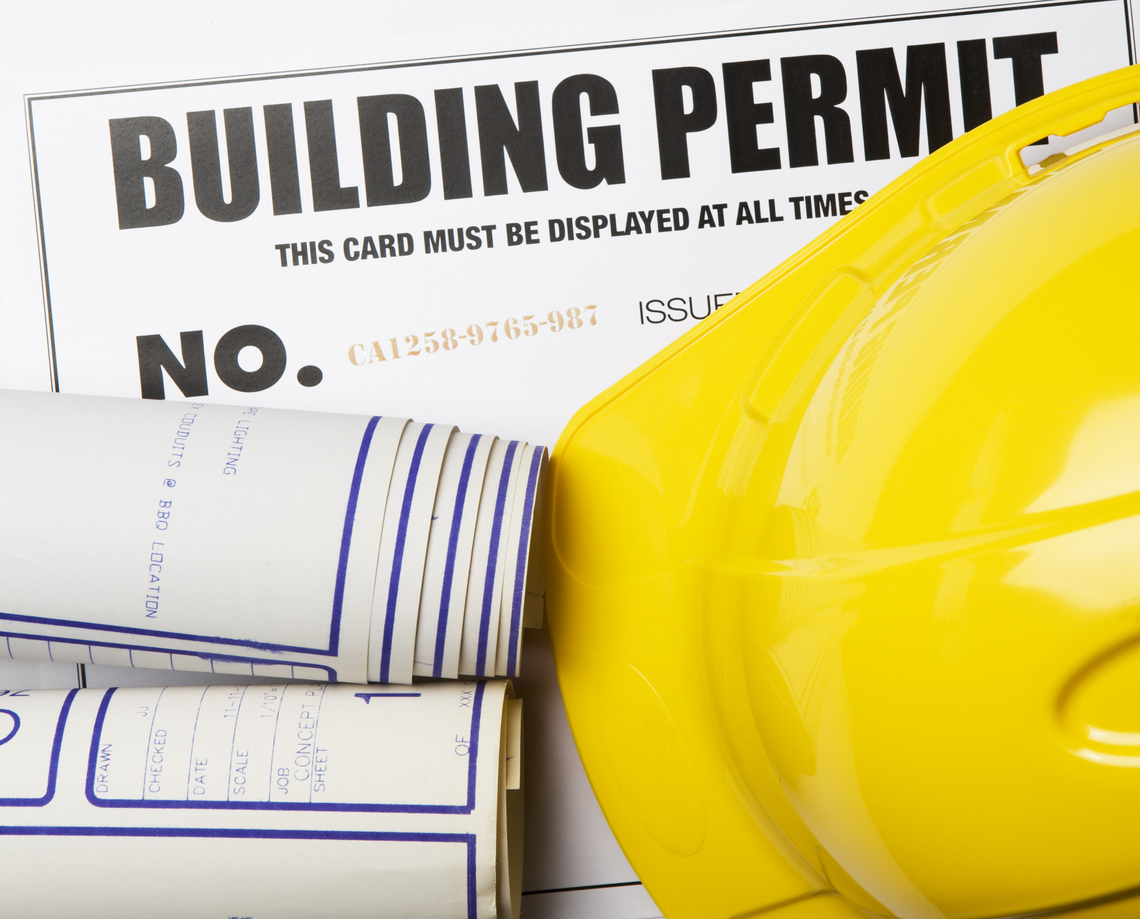Insurance companies should never ignore building codes and government officials enforcing building laws and ordinances. One systemic claims issue concerns damaged building materials that are no longer manufactured, where some insurance companies continue to ignore building codes, building officials, and manufacturer specifications for proper installation of products and repair of them. A recent Texas case 1 concerned these issues in the context of old roof tiles.
After a hailstorm damaged Carl and Mary Ellen Schnell’s roof in Fort Worth, Texas, they filed a claim with their insurer, State Farm Lloyds, under a homeowner’s policy which included an “Option OL” clause. This clause provided for increased repair costs arising from the enforcement of building codes.
This coverage is usually referred to as Ordinance or Law Coverage. In “What Constitutes Enforcement of a Building Ordinance or Law?” Ed Eshoo provides an excellent analysis of the coverage. He noted that “Ordinance or law” property insurance coverage is typically triggered when, following a covered loss to a covered building, an insured incurs certain costs due to the enforcement of an ordinance or law requiring or regulating the demolition, construction, or repair of buildings.
In the Texas case, the crux of the dispute lies in whether the local building code enforcement required a complete roof replacement instead of merely replacing the damaged tiles, which would activate the “Option OL” coverage. The policy stated that coverage would extend to the increased costs of repairs necessitated by code enforcement directly related to a covered loss. The argument centered on the city’s building code, which demanded compatibility and proper performance between new and existing construction materials.
Initially, State Farm accepted liability for certain damages but denied claims related to the roof tiles, attributing the damage to wear and tear rather than the hailstorm, thus not a covered peril. Following a disagreement over the amount of loss, the Schnells invoked an appraisal clause, resulting in an award significantly higher than State Farm’s estimate, which included costs for both direct physical damage and additional compliance with building codes.
The controversy escalated when the Schnells’ homeowners association, and subsequently, a building code official, required the entire roof to be replaced because the existing tiles from Monier Lifetile could not interlock with the new tiles from Boral Roofing. State Farm disputed this requirement, suggesting that the tiles could indeed interlock and thus refused to cover the broader replacement costs as per the “Option OL.”
The insurance coverage turned on whether the building code administrator’s determination that the new and old tiles were incompatible constituted an “enforcement” of a building code under the terms of the insurance policy. The trial judge ruled in favor of State Farm. However, on appeal, the Fifth Circuit vacated this decision in part. The appellate court found that genuine issues of material fact existed regarding the interpretation of the building code’s requirements and the actual conditions of tile compatibility. This dispute pointed to the necessity of a trial to resolve these factual inconsistencies.
The appellate court noted in the facts how State Farm ignored the local building official:
After the Schnells informed State Farm of Roberts’s decision, State Farm determined, contrary to the opinion of Boral representative Driver, that the Monier and Boral tiles would properly interlock and consequently denied payment under Option OL. State Farm informed Roberts of its findings, but, when Roberts asked for documentation on the new Boral tiles and their compatibility with the old Monier tiles, State Farm did not provide any, instead providing the phone number for the contractor it consulted on the issue. Roberts did not ever receive any documentation from State Farm or hear from them again.
The appellate court then explained why the trial court was wrong to rule in State Farm’s favor:
The undisputed evidence shows that Roberts’s September 2020 e-mail was an enforcement decision, as he later stated in his March 18, 2022, declaration that it accurately reflects the position of the City of Fort Worth on the Schnells’ roof under the building code. The question, then, is whether Roberts’s enforcement decision required the Schnells to replace their entire roof.
We conclude a genuine dispute of material fact exists about what Roberts required, and the district court erred in choosing the interpretation that Roberts’s decision was conditioned. In his September 2020 e-mail, Roberts stated, ‘since [the two types of tiles] do not inter lock [sic] they are not compatible with each other.’ Roberts later confirmed in his March 18, 2022, declaration that he intended his e-mail to ‘convey a clear determination’ that ‘the new tiles referenced in the proposed repair estimate were not compatible with the Schnells’ existing tiles.’ This evidence supports the interpretation that Roberts determined the Monier and Boral tiles did not interlock, were therefore incompatible under the building code, and flatly denied the Schnells’ request for spot repairs. However, other evidence supports the interpretation that Roberts conditioned his decision by stating that spot repairs would violate the building code only if the Monier and Boral tiles did not interlock, which he left to the Schnells to determine. In his September 2020 e-mail, Roberts asked the Schnells, ‘do you concur that [the Monier and Boral tiles] don’t meet.’ Furthermore, in a declaration on May 17, 2022, Roberts backtracked from his March 18, 2022, statement noted above, stating that his ‘determination was conditioned upon the replacement tiles not interlocking with the original tiles on the roof,’ that he had ‘not inspected the replacement or original tiles,’ and he had ‘no opinion as to whether or not the tiles do or do not interlock.’ This conflicting evidence creates a genuine dispute of material fact, and the district court erred in choosing one interpretation of Roberts’s decision over the other.
Building codes and manufacturer specifications are important to property owners and insurance companies. I noted in Enforcement of Building Codes and Manufacturer Specifications Are Safety and Insurance Issues:
Building codes are established to ensure the safety, health, and welfare of occupants. They set minimum standards for construction, electrical systems, plumbing, and fastening of structures to foundations. When these codes are rigorously enforced and inspected by architects, engineers, or government building inspectors, codes significantly reduce the risk of structural failures and other safety issues. For property owners, compliance with building codes can lead to fewer insurance claims, potentially lower premiums, and a safer living or working environment.
…
The enforcement of building codes that strengthen and harden structures is more than a regulatory issue; it’s a commitment to resilience and community safety. Imagine the transformative impact when homes and structures are built and maintained with the utmost care and adherence to these codes and specifications. The stories of buildings standing firm against the fiercest storms, sheltering families and memories within their steadfast walls, are not just tales of survival but of triumph. When a community unites to build legally and robustly, it’s not just about following laws; it’s about forging a legacy of strength, safety, and common sense risk management. We have the power to turn the tide against preventable damage. It just takes commitment and discipline. It starts by alerting our leaders that this is an important issue that cannot be ignored.
It is amazing the lengths that some insurance companies will go to not to pay the additional ordinance and law costs. Every time a damaged building material is no longer manufactured, the same insurers use the same claims tactics to avoid paying the coverage. The building cannot be repaired because it is against the law to do so. Those insurers simply keep fighting, knowing that their customers are in a litigation nightmare.
If you want to learn a little more about Ordinance or Law Coverage, I suggest reading a post I wrote 15 years ago, Increased Cost of Compliance to Code and Ordinance or Law Coverage for a Typical Loss Situation. I also want to thank Texas public adjuster Ben Brown for bringing this recent decision to my attention.
Thought For The Day
The safety of the people shall be the highest law.
Marcus Tullius Cicero
1 Schnell v. State Farm Lloyds, No. 22-10662, 2024 WL 1403514 (5th Cir. Apr. 2, 2024).




